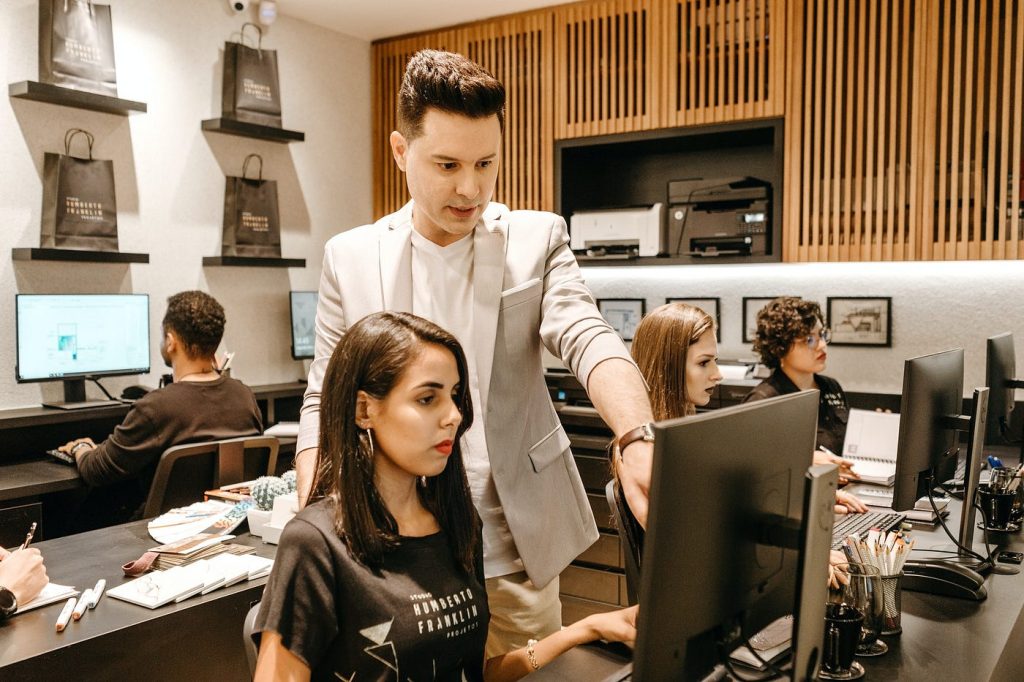Introduction:
As an educator, it is important to be aware of the various slang terms associated with drugs. Understanding this lingo can help you recognize potentially harmful situations and timely intervene to protect your students. We’ve compiled a quiz to test your knowledge on drug slang, as well as offer an opportunity to familiarize yourself with the language commonly used by teenagers today.
Quiz:
1. What does the slang term “Molly” refer to?
Cocaine
Marijuana
MDMA (Ecstasy)
Heroin
2. If someone is talking about “trees,” what drug are they likely referring to?
Cocaine
Methamphetamine
LSD
Marijuana
3. Which drug might be described as “Candy”?
Cocaine
Prescription painkillers
MDMA (Ecstasy)
Methamphetamine
4. Which term refers to using prescription drugs recreationally or without medical supervision?
Pharming
Tripping
Tweaking
Rolling
5. If you overhear someone talking about a “Benny,” which drug might they be discussing?
Amphetamines
Sleeping pills
OxyContin
Marijuana
Answers:
1) C – MDMA (Ecstasy) is often referred to as “Molly.”
2) D – “Trees” is a slang term for marijuana.
3) B – Prescription painkillers can sometimes be called “Candy.”
4) A – “Pharming” is the act of using prescription drugs recreationally or without medical supervision.
5) A – The term “Benny” typically refers to amphetamines.
Conclusion:
Whether you knew all the answers or only a few, it’s crucial that educators stay informed about drug slang and trends. Not only can this information help prevent harmful situations, but it also allows for open dialogue with students about the dangers of drugs. Continue to educate yourself and communicate with your colleagues to ensure your knowledge stays up-to-date. Together, we can work to create safe and supportive environments where students can thrive.











